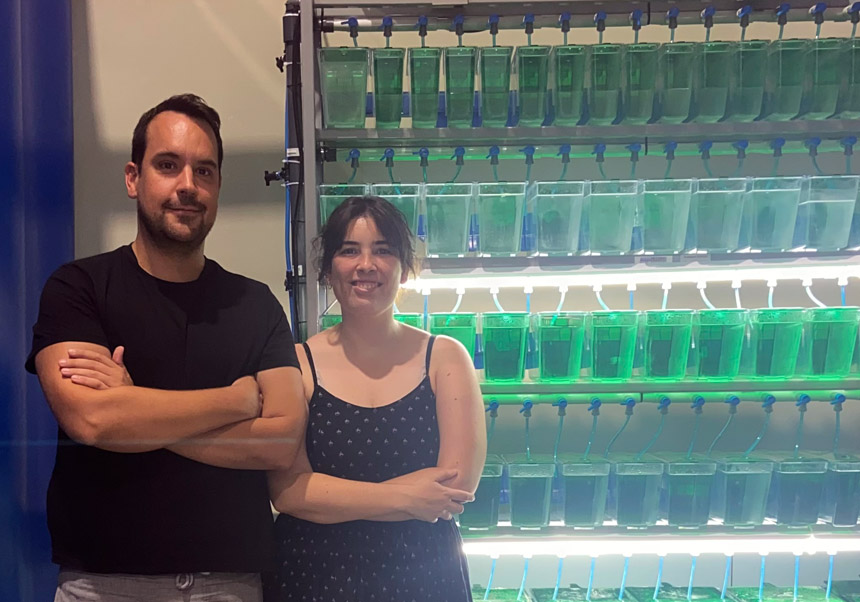
Researchers from the University of Valencia, in collaboration with Queen Mary University of London (United Kingdom) and the University of Montpellier (France), have shown that brief exposure to a cocktail of pesticides during the first days of zebrafish (Danio rerio) development leads to neurobehavioural alterations in this species, which shares 70% of human genes. These alterations persist into the juvenile stage, even when the concentration used is the maximum permitted by the European Union for drinking water, highlighting the need to review environmental safety standards.
The study, published in the journal Archives of Toxicology, examines the impact of environmental pollutants and pesticides on aquatic ecosystems and drinking water, and their influence on health during the early stages of development in zebrafish. According to data from the Food and Agriculture Organization of the United Nations (FAO), it is estimated that more than three and a half million tonnes of fertilisers are used worldwide every year.
The study on zebrafish reveals that exposed fish showed changes in stress response at early stages of development, as well as reduced anxiety-like behaviour at later stages. These findings suggest that the critical window of early development is particularly vulnerable to environmental pollutants and that exposure to pesticide mixtures — more realistic than the study of isolated compounds — can trigger long-lasting effects.
According to Maria Abellán-Álvaro, lead author of the article and researcher at the Department of Human Anatomy and Embryology at the University of Valencia, “our results demonstrate that even exposure to very low concentrations at a very early age and for a short period of time can have a prolonged impact on behaviour”.
The cocktail used to measure the impact on zebrafish included six pesticides, to which glyphosate was added, in order to highlight the concept of mixture toxicity, which approximates real-world environmental exposure scenarios.
Zebrafish are widely used as a model organism in studies of genetics, physiology and vertebrate embryonic development. They are increasingly replacing traditional vertebrate models such as mice and rats due to ethical considerations in animal experimentation.
The research was coordinated by Jose V. Torres-Pérez, Ramón y Cajal researcher in the Department of Cell Biology, Functional Biology and Physical Anthropology at the University of Valencia. In the words of Torres-Pérez, “this study demonstrates the importance of using models such as zebrafish to understand how environmental pollutants affect neurodevelopment. Our findings underline the need to review environmental safety standards”.
The study received funding from various international and national sources, including the Spanish Ministry of Science, Innovation and Universities (MCIN/AEI) and the European Union (Next Generation EU/PRTR via a Ramón y Cajal contract, RYC2021-034012-I), the British Pharmacological Society (Pickford Award 2023), the MUSE-Pestifish 2017 programme (Université de Montpellier), the United States National Institutes of Health (NIH U01 DA044400-03), and the European Union through Horizon 2020 – Marie Skłodowska-Curie Actions (Grant 101153110).
Reference: Abellán-Álvaro, M., Forner-Piquer, I., Chousidis, I. et al. Zebrafish exposed to a cocktail of pesticides during early development display long-lasting neurobehavioral alterations. Arch Toxicol (2025). https://doi.org/10.1007/s00204-025-04129-6

.jpg)








